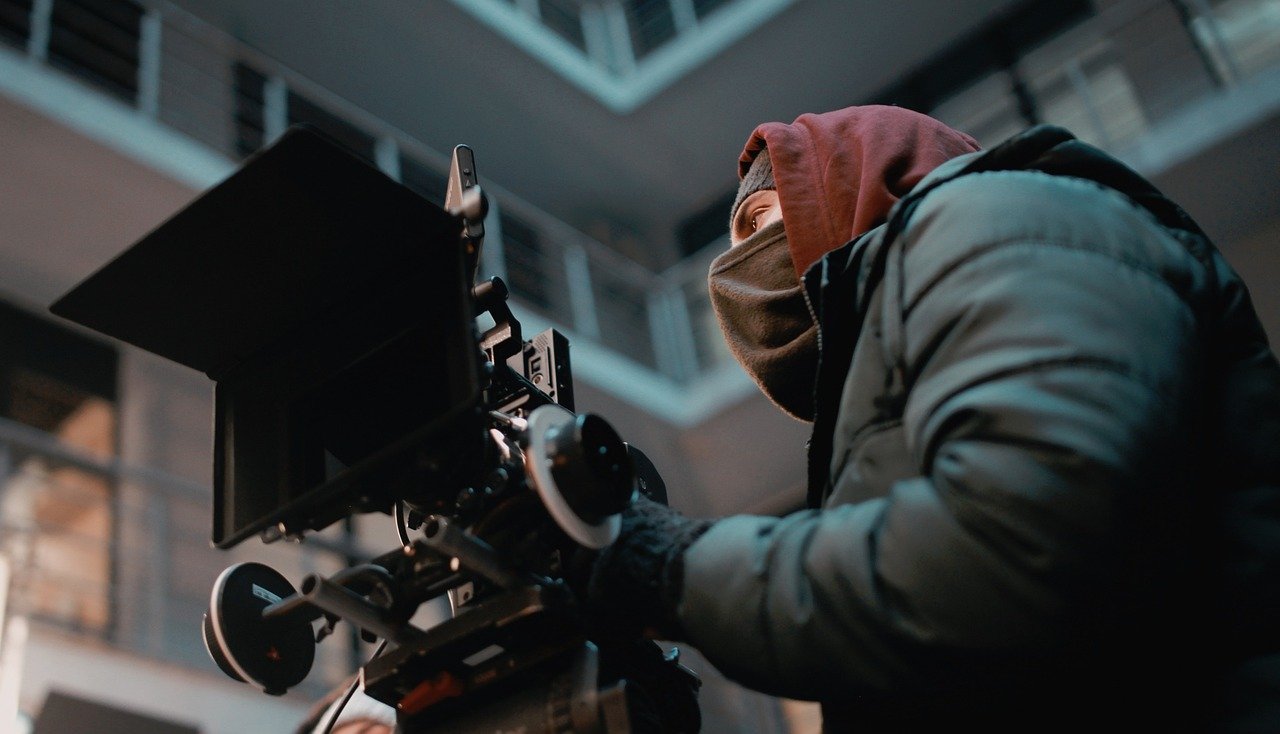The Ultimate Guide to Corporate Videography: Boosting Your Business with Professional Videos Corporate videography is…
Cinematic Videography: A Comprehensive Guide
Introduction to Cinematic Videography
What exactly is cinematic videography? At its core, cinematic videography is all about creating videos that look and feel like a film. It’s not just about capturing footage; it’s about telling a story, evoking emotions, and creating an immersive experience. With the rise of digital content, the importance of cinematic videography has never been greater. Whether you’re a seasoned filmmaker or a beginner, understanding and mastering cinematic techniques can elevate your work to new heights.
Understanding Cinematic Techniques
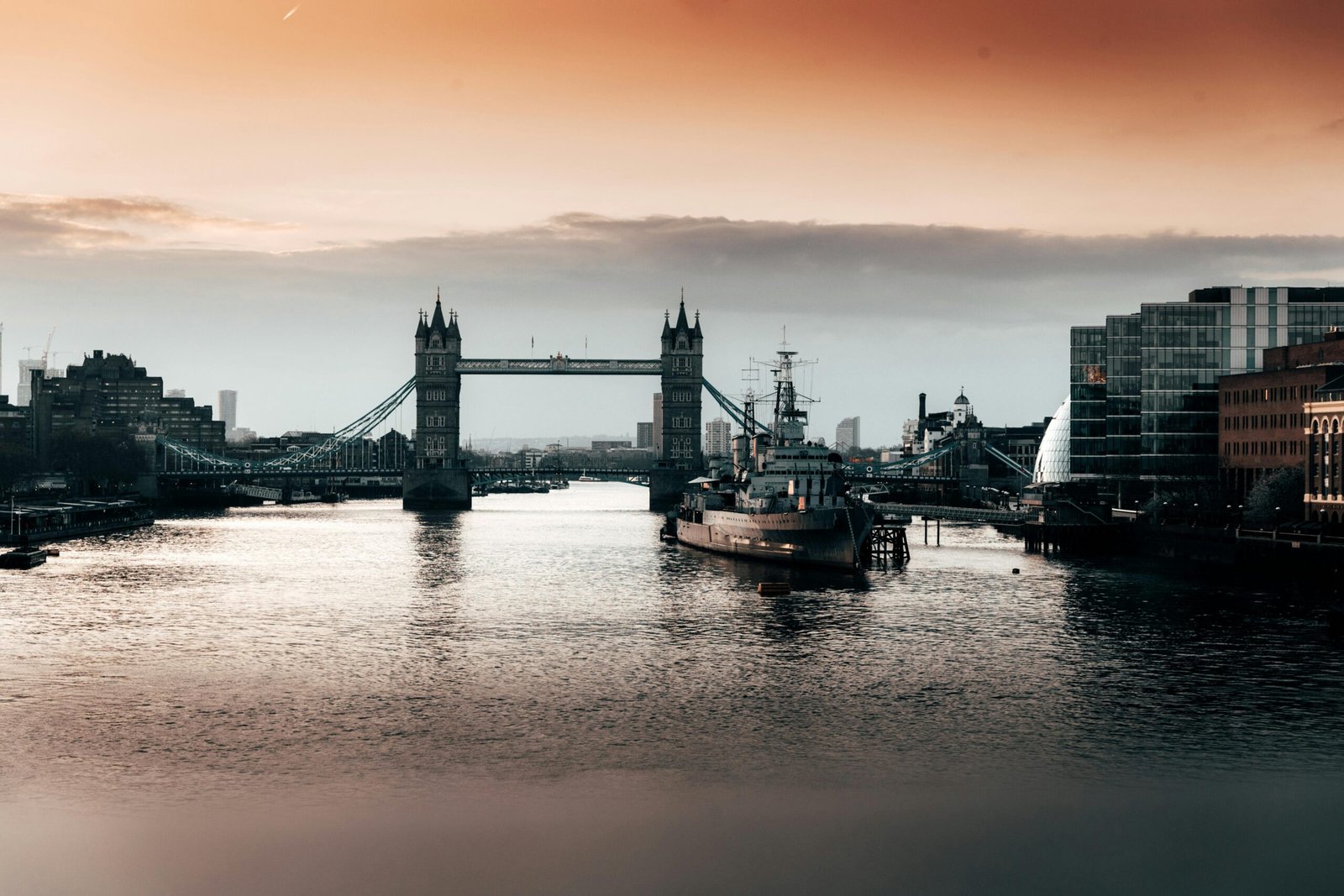
Basic Cinematic Techniques
Every great cinematic video starts with a strong foundation. Basic techniques include understanding composition, rule of thirds, and leading lines. These fundamental principles help in creating visually appealing shots that guide the viewer’s eye.
Advanced Cinematic Techniques
Once you’ve mastered the basics, it’s time to delve into advanced techniques. This includes mastering camera settings, experimenting with different angles, and using various lenses to achieve a specific look. Advanced techniques also involve understanding and manipulating lighting, color, and sound to enhance the overall cinematic experience.
Lighting for Cinematic Look

Importance of Lighting
Lighting is the cornerstone of cinematic videography. It sets the mood, creates depth, and highlights important aspects of the scene. Without proper lighting, even the best camera can’t produce cinematic-quality footage.
Types of Lighting
There are several types of lighting to consider:
- Key Light: The main source of light.
- Fill Light: Used to fill in shadows.
- Back Light: Helps to separate the subject from the background.
- Ambient Light: The natural light available in a scene.
Cinematic Camera Movements
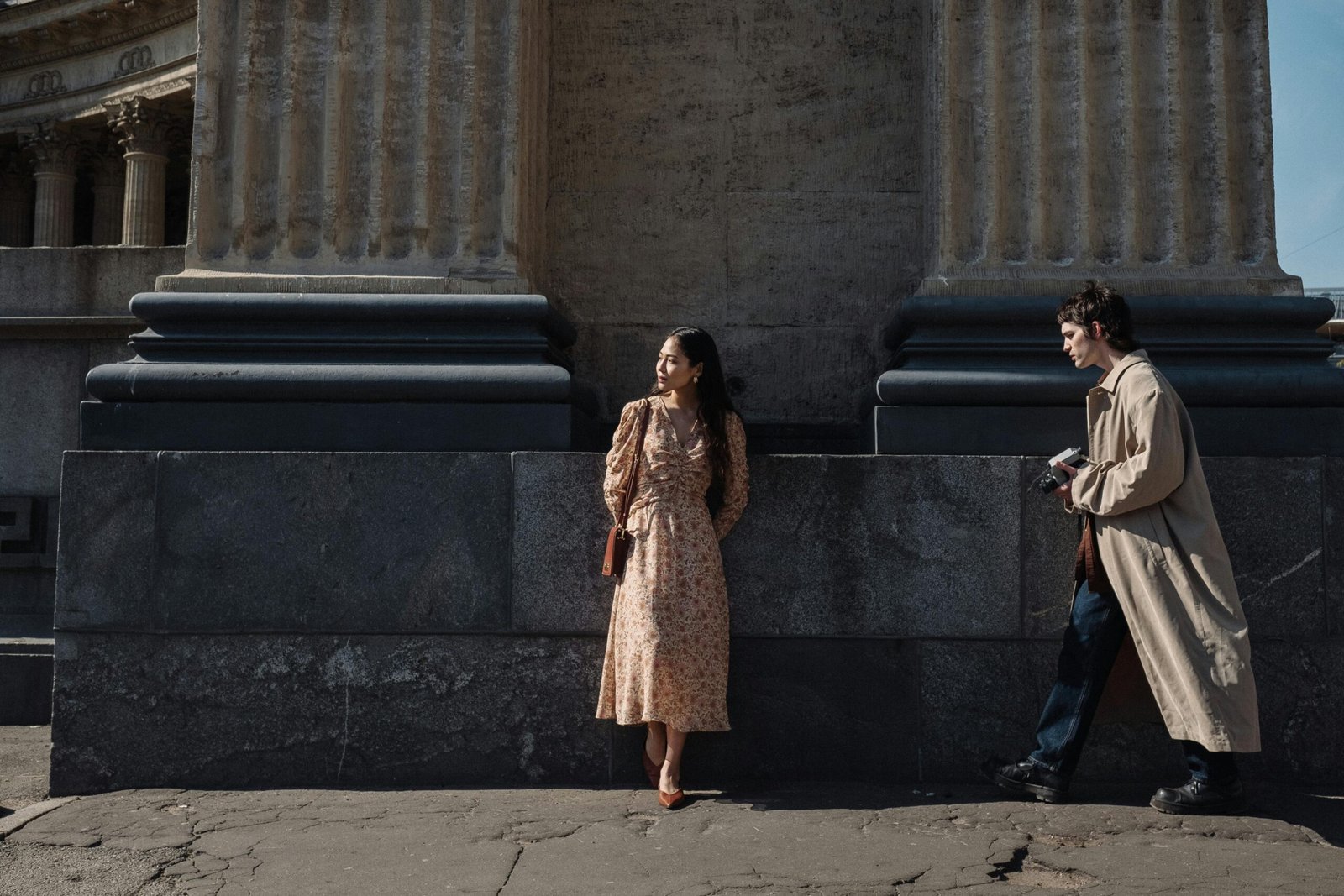
Types of Camera Movements
Camera movements can add a dynamic element to your videos. Some common types include:
- Pan: Moving the camera horizontally.
- Tilt: Moving the camera vertically.
- Dolly: Moving the camera closer or further from the subject.
- Handheld: Adds a more natural, shaky effect.
How to Achieve Smooth Camera Movements
Using tools like gimbals and sliders can help achieve smooth camera movements. Practicing your movements and planning your shots can also make a significant difference.
Using Depth of Field Cinematically

What is Depth of Field?
Depth of field refers to the area of the image that appears sharp and in focus. It plays a crucial role in drawing attention to the subject and creating a sense of depth in your shots.
Techniques to Achieve Cinematic Depth of Field
To achieve a cinematic depth of field, use a wide aperture (small f-number), long focal length, and position your subject away from the background. This creates a beautiful bokeh effect that is characteristic of cinematic footage.
Cinematic Colour Grading

Introduction to Colour Grading
Color grading is the process of enhancing the color, contrast, and overall look of your video. It’s a powerful tool that can dramatically change the mood and feel of your footage.
Tools for Colour Grading
Popular tools for color grading include Adobe Premiere Pro, DaVinci Resolve, and Final Cut Pro. These tools offer a range of features to help you achieve the perfect look for your video.
Aspect Ratios and Framing

Understanding Aspect Ratios
Aspect ratio is the relationship between the width and height of your video. Common aspect ratios in cinematic videography include 16:9 and 2.35:1. Choosing the right aspect ratio can enhance the storytelling and visual impact of your video.
Techniques for Cinematic Framing
Framing involves positioning your subject within the frame to create a balanced and aesthetically pleasing shot. Use techniques like the rule of thirds and leading lines to guide the viewer’s eye and create a strong composition.
Slow Motion Cinematic Techniques
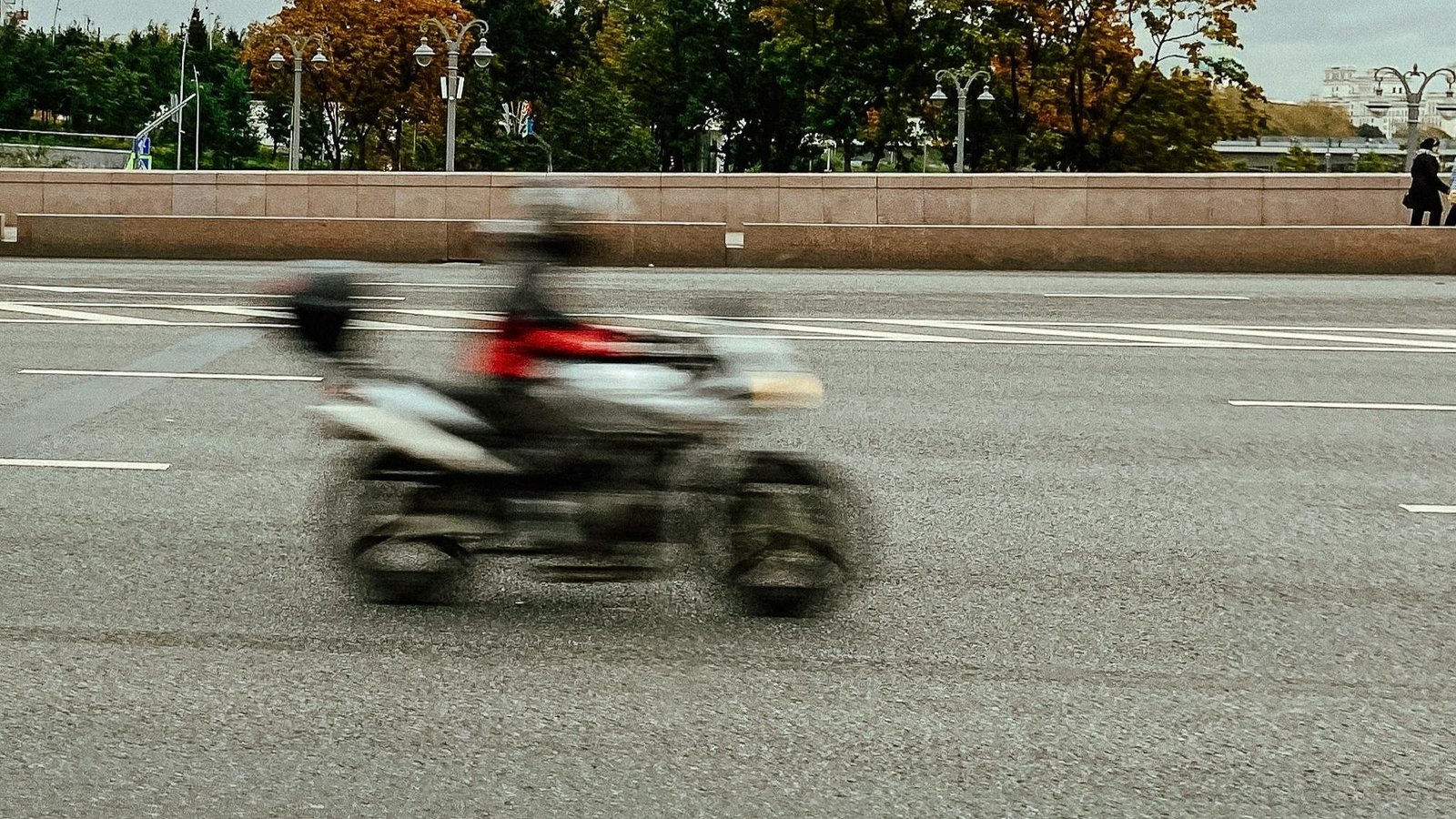
Importance of Slow Motion
Slow motion can add drama and emphasize important moments in your video. It allows viewers to see details that they might miss in real time.
How to Shoot in Slow Motion
To shoot in slow motion, you need to increase the frame rate of your camera. Common frame rates for slow motion are 60fps, 120fps, and 240fps. Remember to adjust your shutter speed accordingly to avoid motion blur.
Cinematic Sound Design
Role of Sound in Cinematic Videography
Sound is just as important as visuals in creating a cinematic experience. It adds depth, emotion, and realism to your video.
Tools for Sound Design
Tools like Adobe Audition and Pro Tools are great for sound design. They offer a range of features to help you create high-quality sound effects and audio tracks.
Using Music Cinematically
Importance of Music
Music sets the tone and enhances the emotional impact of your video. The right soundtrack can make your video more engaging and memorable.
Selecting the Right Music
Choose music that complements the mood and pace of your video. There are many royalty-free music libraries available, such as Epidemic Sound and Artlist, where you can find high-quality tracks.
Storytelling in Cinematic Videography
Role of Storytelling
Storytelling is at the heart of cinematic videography. It’s what makes your video compelling and memorable. A strong story engages the audience and keeps them invested in your video.
Techniques for Effective Storytelling
Effective storytelling involves creating a clear narrative structure, developing characters, and building tension. Use visual and audio elements to support and enhance your story.
Cinematic Visual Effects
Introduction to Visual Effects
Visual effects (VFX) can add a whole new dimension to your videos. They can be used to create scenes and effects that are impossible to achieve with practical filming techniques.
Tools for Creating Visual Effects
Popular VFX tools include Adobe After Effects, Blender, and Nuke. These tools offer a range of features for creating everything from simple effects to complex animations.
Cinematic Editing Techniques
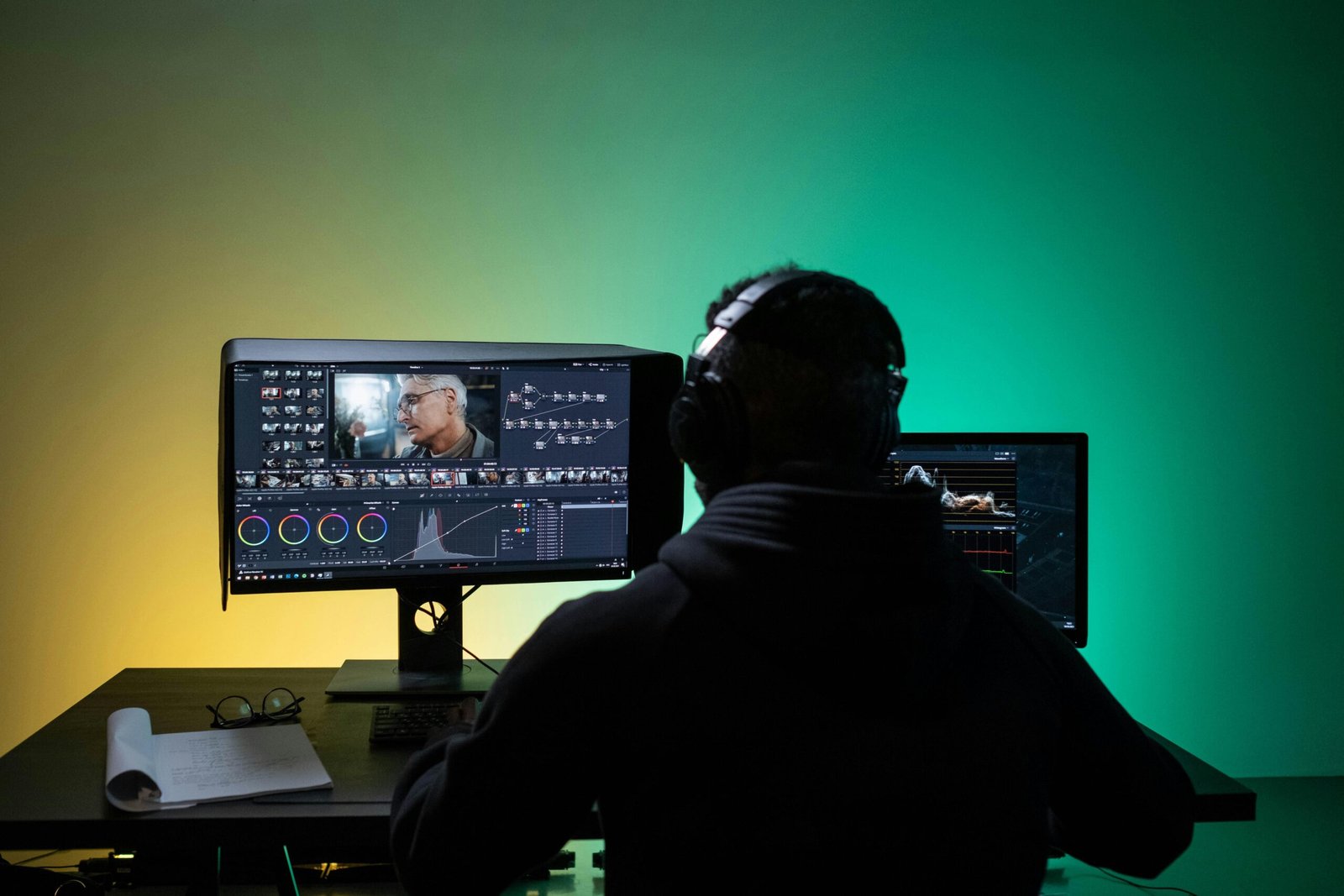
Basics of Cinematic Editing
Cinematic editing involves cutting and arranging footage to create a cohesive and engaging story. Basic techniques include cutting on action, using transitions, and maintaining continuity.
Advanced Editing Techniques
Advanced editing techniques involve using creative transitions, layering audio and video tracks, and experimenting with pacing and timing to create a more dynamic and engaging video.
Creating Epic B-Roll
Importance of B-Roll
B-roll footage is essential for adding context and visual interest to your videos. It helps to break up the main footage and keeps the viewer engaged.
Techniques for Capturing B-Roll
Capture B-roll footage that complements your main shots. Use different angles, movements, and focal lengths to add variety and interest to your video.
Cinematic Drone Shots

Introduction to Drone Videography
Drones have revolutionized videography by allowing filmmakers to capture stunning aerial shots that were previously impossible or very expensive to achieve.
Tips for Capturing Cinematic Drone Shots
To capture cinematic drone shots, plan your shots in advance, use smooth movements, and take advantage of natural lighting. Practice flying your drone to get comfortable with its controls.
Lighting and Shadow Play
Importance of Shadows
Shadows add depth and dimension to your footage. They can be used to create mood, highlight important elements, and add visual interest.
Techniques for Effective Shadow Play
Experiment with different lighting angles and sources to create interesting shadows. Use reflectors and diffusers to control the intensity and direction of light and shadows.
Cinematic Equipment Essentials
Must-Have Equipment
Essential equipment for cinematic videography includes a high-quality camera, lenses, tripod, gimbal, lighting kit, and audio equipment. Each piece of equipment plays a crucial role in achieving a cinematic look.
Budget-Friendly Options
If you’re on a budget, there are plenty of affordable options available. Consider using a DSLR or mirrorless camera, investing in a few good lenses, and using natural light whenever possible.
Planning and Pre-Production

Importance of Planning
Planning and pre-production are crucial for a successful shoot. They help you stay organized, save time, and ensure that you have everything you need to capture the best footage possible.
Steps in Pre-Production
Steps in pre-production include creating a storyboard, writing a shot list, scouting locations, and organizing your equipment. Take the time to plan every aspect of your shoot to avoid any surprises on the day of filming.
Directing Cinematic Videos

Role of a Director
The director is responsible for overseeing the creative aspects of the video, guiding the cast and crew, and ensuring that the final product matches the vision. A good director brings out the best in everyone involved.
Techniques for Effective Directing
Effective directing involves clear communication, strong leadership, and the ability to make quick decisions. Be open to feedback and collaboration, and always keep the end goal in mind.
Case Studies of Cinematic Videos
Successful Cinematic Projects
Studying successful cinematic projects can provide valuable insights and inspiration. Analyze what worked well and how you can apply similar techniques to your own work.
Lessons Learned
Every project offers lessons. Reflect on what went well and what could be improved for future shoots. Continuous learning and improvement are key to mastering cinematic videography.
Conclusion
Mastering cinematic videography takes time, practice, and a deep understanding of various techniques. From lighting and camera movements to sound design and storytelling, every element plays a crucial role in creating a cinematic experience. By continuously learning and experimenting, you can elevate your videos and captivate your audience.
FAQs
What is Cinematic Videography? Cinematic videography is the art of creating videos that look and feel like a film. It involves using various techniques to create a visually appealing and emotionally engaging experience.
How can I achieve a cinematic look? Achieving a cinematic look involves mastering techniques like lighting, camera movements, depth of field, color grading, and sound design. Planning and practice are key to mastering these techniques.
What equipment do I need for cinematic videography? Essential equipment includes a high-quality camera, lenses, tripod, gimbal, lighting kit, and audio equipment. There are budget-friendly options available if you’re just starting out.
How important is sound in cinematic videography? Sound is crucial in cinematic videography. It adds depth, emotion, and realism to your video. Investing in good audio equipment and sound design tools is essential.
Can I achieve cinematic videography with a smartphone? Yes, you can achieve cinematic videography with a smartphone by using the right techniques and accessories. Use apps for manual control, invest in a good microphone, and use additional lenses and lighting to enhance your footage.

